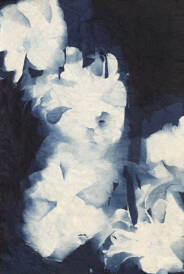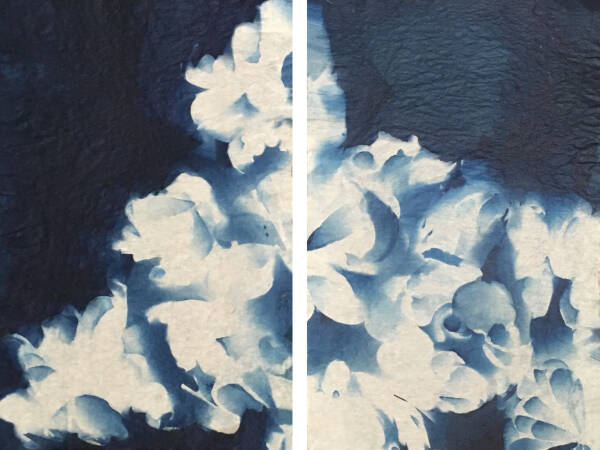Impractical Library uses a plethora of photographic processes, hand paper making, and book binding techniques. With both a reference and a leisure section, Impractical Library examines the place of the book and the photograph as object and how we, as a society, approach information and leisure in the 21st Century. Reference books are increasingly seen as archaic items, the internet quickly relegating them to a state of obsolescence. Even books read for leisure are frequently purchased or read in e-book form. These books rarely hold monetary value any more and are often simply thrown away at used bookstores, or found for cents at thrift stores. Reconfiguring the structure of the books in an impractical manner, and working with photographic imagery to become part of the object, creates value where there was none before. For Webster's New Twentieth Century Dictionary, pamphlets made from each page in the dictionary are arranged on shelves on the wall in such a way as to create a sense of rhythm and movement - something that happens with text and the formation of words and sentences and paragraphs when printed on a page. In ____scape, reconfigured fictional books grow on the wall as plants might grow on the side of a building. The complimentary cyanotypes again evoke thoughts plants and landscape - or escape, as one may do within the pages of a good story, or working in the garden.
How do the book and photograph function in today’s society with the advent of digital photography, social media, and e-books? What do we value? How has this changed over the past five or six decades? How do these changes affect us, both as individuals, and as a society? What will the future look like without these objects? What happens when those technologies we use to archive information become obsolete? How will we access our history, both collective and personal, if individuals are unable to keep up with changes in digital technologies? Perhaps the answers to some of these questions can be found in an Impractical Library...








